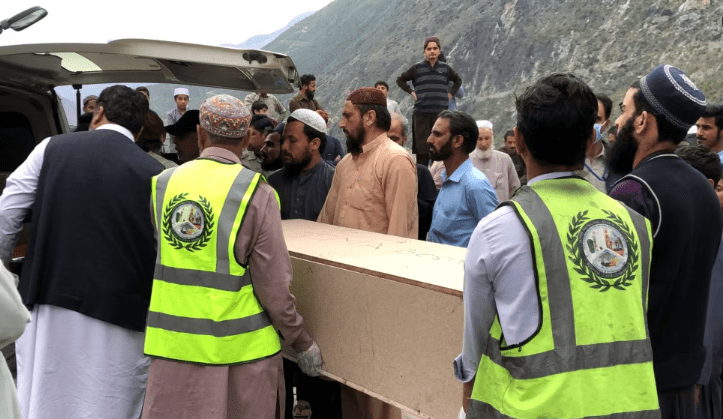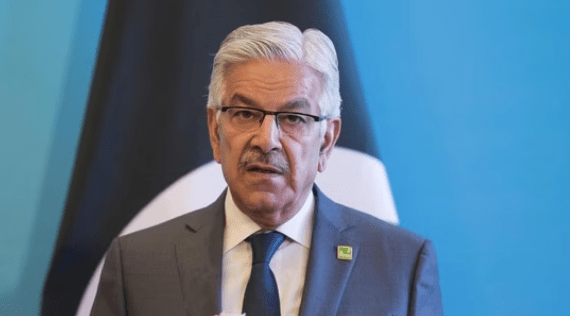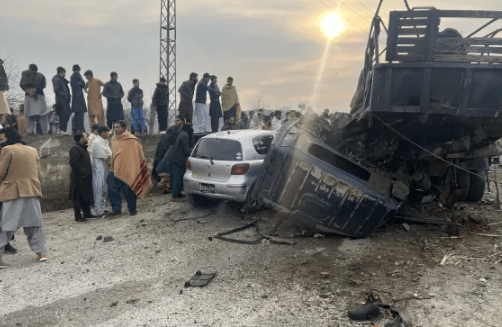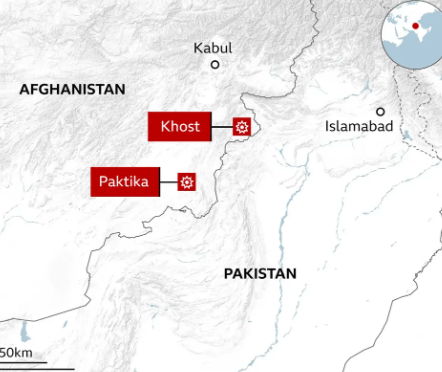Reasons for the rift between the Taliban and Pakistan
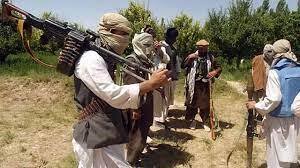
A turning point in Pakistan’s domestic politics, particularly in terms of its delicate relationship with the Taliban, was marked by the formation of the Tehreek Taliban Pakistan (TTP), commonly known as the Pakistan Taliban, in 2007 and the strengthening of ties with the Afghan
Taliban. The organisation is expanding its foothold in the unstable FATA and Balochistan, which is straining the Taliban government’s ties with Pakistan, as seen by its strikes and apparent resurgence since the start of 2021.
With the Taliban in power, Pakistan’s strategic advantage is eroding since it hasn’t been able to force the Taliban to end the TTP’s operations on its soil and put an end to the Durand line war. Since the Taliban regained control in 2021, the issues have remained unresolved and unrelenting. The possibility of a widening rift demonstrates Pakistan’s inability to develop strategic depth.
Pakistan’s influence in Afghanistan
Pakistan has been an outspoken supporter of the Taliban’s legitimacy and international recognition, including aid and humanitarian help. For many years, Pakistan fought to influence Afghan domestic politics, but the American presence limited its outreach to giving external assistance to the Taliban insurgency. The fall of the west-backed government strengthened Pakistan’s grip over Afghan internal affairs, enabling it to choose which Taliban commanders hold administrative posts. However, there were certain geopolitical concerns at work as well, including as the desire to limit India’s expanding influence, especially its alleged role in the disturbances in Balochistan, the resolution of the long-running Durand line issue, and the intermittent Pashtun
separatism.
Pashtun resistance
Given Pakistan’s failure to integrate Pashtuns, the Pashtun resistance has been the largest source of worry since independence. Pashtuns retain tribal identification and cherish their traditional practises, indicating that state ideology and identity have not transcended ethnic identity. The integration is a natural process which evolves through processes of economic development, social justice and due recognition including accommodation of cultural pluralism in democratic progress. The democratic deficient and imprudent leadership have failed in providing a sense of participation,
prospects for headway and development to ethno-linguistic groups like Pashtuns. The absence of such binding forces has caused ethnic nationalism and linguistic polarisations including a sense of separatism making the region fertile ground for extremism.
Resurgence of Tehreek-e-Taliban Pakistan
The resumption of TTP assaults in 2021 increased concerns about Pakistan’s domestic security and its capacity to reach durable cease-fire agreements with armed organisations, including clearing its territory from cross-border conflict. Previously, Pakistani strategic circles assumed that eliminating TTP with Taliban collaboration would be simple, but Taliban
has yet to conclusively roll-out its operation against Pakistan Taliban in Afghan territory. The Taliban has merely served as a go-between for TTP and Pakistani security, resulting in short-term ceasefires rather than total caseation of its terrorist activities. The removal of TTP is critical for Pakistan, considering the country’s international reputation as an Unsafe country and addressing underlying causes of extremism.
It has internationally received criticism for financing extremist networks like as the Haqqani network, which is infamous for worldwide radicalism. Not long ago, Pakistan achieved internal stability with a decrease in terrorist incidents 3923 in 2013 to 319 in 2020 the trend is once again showing an increase in the current
year with 613 episodes resulting in innocent killings. Pakistan had been successful in the extension of administrative laws and the improvement of security circumstances in FATA, Khyber Pakhtunwa, and Baluchistan, allowing it to be removed off the FAFT grey list. Pakistan very well understands the resurgent TTP would be more lethal in its operations, exemplified by attacks on Chinese nationals. It can become major repulsive factor for foreign direct investment desperately required to keep the trade and economy floating.
Pakistani security and intelligence have continuously launched operations and effectively curtailed TTP capability by 2016, but the group’s resilience is exacerbated by certain impediments such
as access to Afghan territory via the porous Durand line, Taliban support, sympathy, and operationality in FATA and Pakhtunwa, and its ability to form links with terrorist outfits such as al-Qaeda affiliates and the Islamic State.
In its early attempts this year Pakistan adopted negotiations as an approach to resolve the differences to streamline radical elements and urged Taliban to act decisively against TTP functionaries in Afghanistan including disallowing them to use Afghanistan as base to launch new operations across border. the negotiations resulted in a short-term truce in June. However, the groups operation has not halted and security situation kept on deteriorating along with militaries operations in local and well as Afghan
territory.
The India factor
It’s interesting to think that India’s resumption of diplomatic efforts and infrastructural initiatives could cause tension between Pakistan and the Taliban. India plans to resume work on 20 stopped projects, according to a news release from the Taliban government. Reestablishing diplomatic connections with India would provide the Taliban with much-needed recognition, financial assistance, and investment as they strive to break out of their exile. The Taliban also expects active engagement in enhancing internal security in addition to thanking India for its
humanitarian assistance and much-needed medicines and vaccinations. The Taliban’s aim to depart from Pakistan’s directives, address local issues, particularly economic ones, and take steps toward formalising bilateral relations and eliminating isolation can be seen in their improved relations with India.

